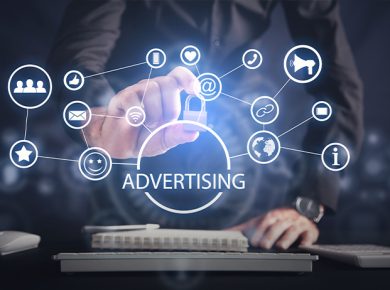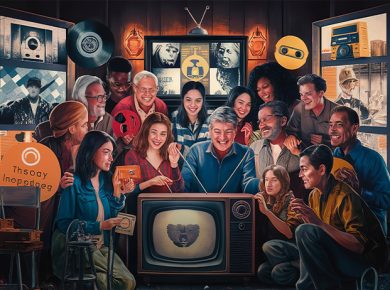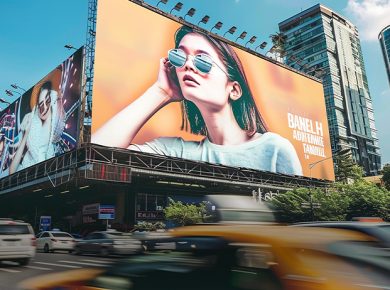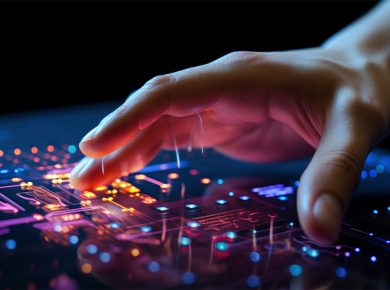Table of Contents
The fashion industry is built on emotions, perceptions, and subconscious desires. Neuromarketing offers a way for brands to tap into these elements, creating shopping experiences that resonate deeply with consumers.
Behind the neuroscience, brands express a better understand why customers choose certain clothes, how colors and textures influence buying behavior, and how to craft campaigns that convert.
In this article, we’ll uncover:
- The psychological principles behind fashion neuromarketing.
- How visual, tactile, and emotional cues influence fashion purchases.
- Actionable tips for applying neuromarketing strategies to your brand.
The Psychology Behind Fashion Choices

Fashion is more than clothing; it’s a form of self-expression, status, and identity. Consumers make purchase decisions based on subconscious factors like:
- Color Psychology: Certain hues evoke specific emotions. For instance, black is associated with elegance and power, while pastels convey calm and approachability.
- Tactile Appeal: Fabrics that feel luxurious, like silk or cashmere, trigger pleasure responses in the brain.
- Social Proof: Seeing others wear a trend boosts its desirability due to the fear of missing out (FOMO).
Key Cognitive Biases in Fashion Marketing:
- Anchoring Effect: Highlighting premium-priced items first makes mid-range options feel more affordable.
- Scarcity Principle: Limited-edition collections create urgency to purchase.
- Halo Effect: Celebrity endorsements can elevate a brand’s perceived quality and desirability.
Statistical Insights: Why Neuromarketing Works in Fashion
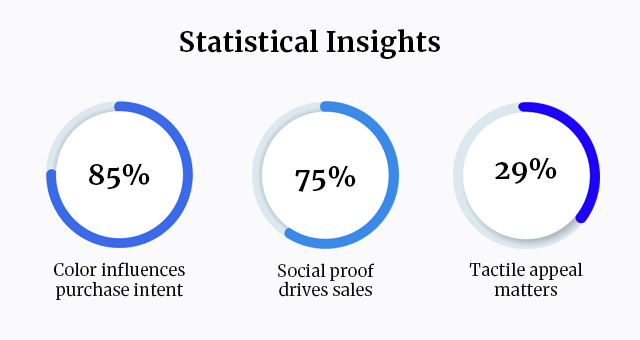
- Color influences purchase intent: Up to 85% of consumers say color is the primary reason they buy a product (Institute for Color Research).
- Social proof drives sales: User-generated content (UGC) featuring real customers increases conversion rates by 29% (Stackla Report).
- Tactile appeal matters: 75% of shoppers say the feel of fabric influences their buying decision (Cotton Incorporated Lifestyle Monitor).
Neuromarketing Techniques for the Fashion Industry

Leverage Visual Storytelling
Use imagery and videos that evoke emotions aligned with your brand identity.
- For high-end brands: Showcase exclusivity and elegance.
- For casualwear: Highlight comfort and relatability through lifestyle shots.
Incorporate Color Psychology in Branding
Design campaigns with color schemes that align with the emotions you want to evoke:
- Red: Boldness and passion for statement pieces.
- Blue: Trust and dependability for basics or workwear.
- Green: Sustainability and calmness for eco-friendly collections.
Use AI for Personalized Recommendations
AI-powered tools can analyze past purchases and browsing history to recommend products tailored to individual preferences, increasing emotional connection and conversion rates.
Highlight Sustainability and Ethics
Modern consumers, particularly Millennials and Gen Z, are drawn to brands with strong ethical values.
- Use storytelling to showcase sustainable practices.
- Create campaigns emphasizing the emotional reward of making eco-conscious choices.
Engage Through Social Proof
Encourage customers to share their purchases on social media with branded hashtags. Feature user-generated content to build trust and authenticity.
Platform-Specific Applications
- Create reels showcasing how outfits can be styled for different occasions.
- Use shoppable posts to provide a seamless path to purchase.
TikTok
- Leverage influencers to create try-on hauls or trend-driven challenges.
- Experiment with short, engaging videos that tell a story about the brand.
E-Commerce Websites
- Include high-quality images with zoom-in features to highlight textures.
- Use “scarcity triggers” like countdowns for limited-time sales.
Case Study: Zara’s Neuromarketing Strategy
What They Did:
- Used scarcity marketing by frequently refreshing collections and limiting inventory.
- Designed stores with a minimalistic layout to reduce decision fatigue and encourage purchases.
- Leveraged color psychology with neutral tones in branding to evoke sophistication and universality.
Results: Zara became a global leader in fast fashion, with an average inventory turnover rate of 5 days, significantly higher than competitors (Harvard Business Review).
Future of Neuromarketing in Fashion
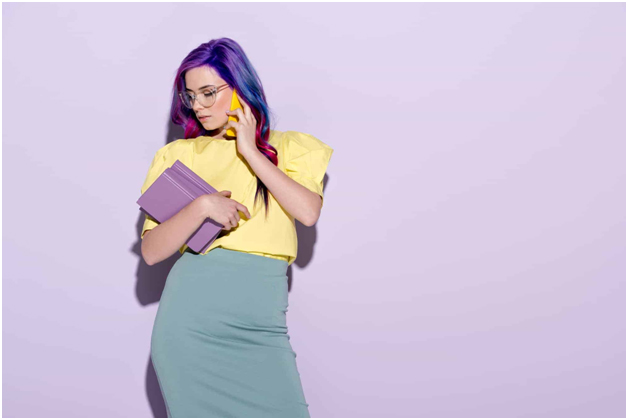
As technology advances, brands can expect:
- Augmented Reality (AR) Fitting Rooms: Enhance the shopping experience by allowing customers to “try on” clothes virtually.
- Emotion-Based AI Recommendations: Systems that analyze facial expressions or voice tones to suggest items that match a shopper’s mood.
- Sustainability-Driven Campaigns: Emotional storytelling around eco-friendly practices will gain even more traction.
Neuromarketing offers a unique advantage in the competitive fashion industry. By understanding and catering to subconscious desires, brands can create campaigns that not only attract but deeply connect with their target audience.
Ready to infuse psychology into your fashion marketing strategy? Let’s collaborate to make your brand unforgettable. Contact us today!


